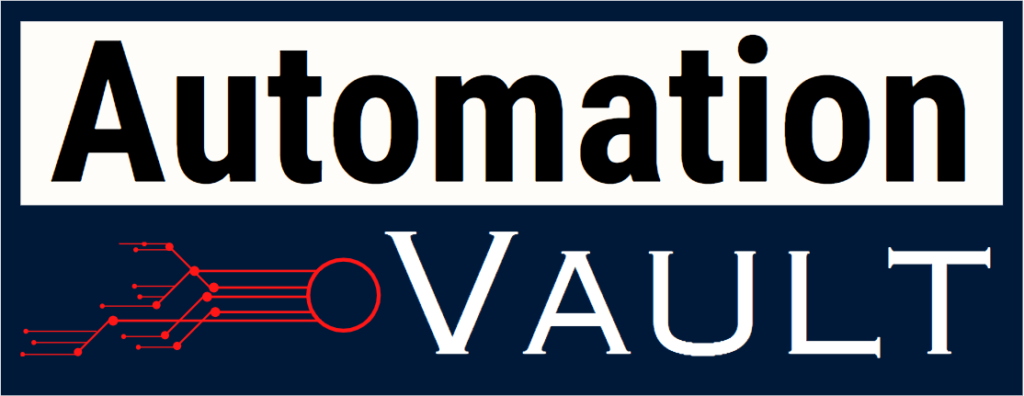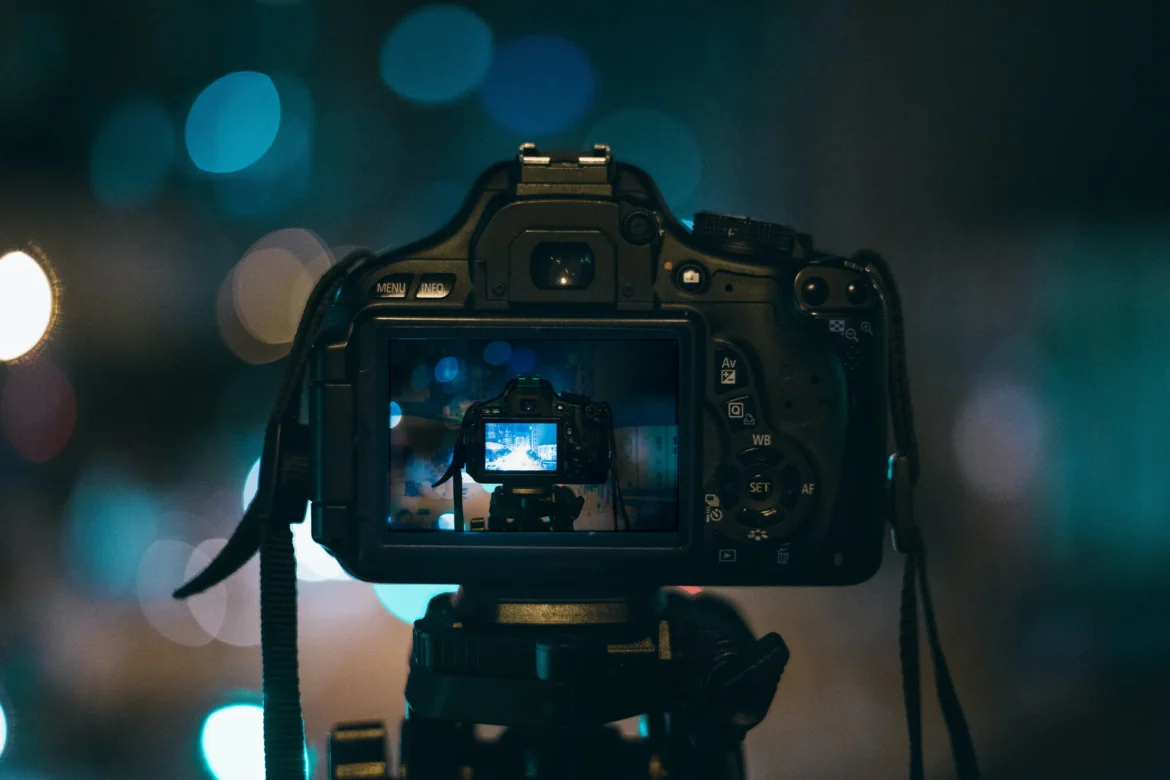In the intricate tapestry of artistic expression, photography has perpetually reinvented itself, adapting to technological shifts with resilience and creativity. Now, as we stand at the brink of the Artificial Intelligence (AI) era, questions arise: Is photography losing its essence, or is it on the cusp of a transformative evolution? In exploring this dynamic interplay between tradition and technology, we delve into the multifaceted facets of photography’s journey.
Democratization and the Diversification Dance
The advent of digital cameras and smartphones has ushered in an era of unprecedented democratization, placing high-quality photographic tools into the hands of millions. While this accessibility has birthed new talents, it has also inundated the market, challenging seasoned professionals to maintain their distinctiveness. However, in the face of this saturation, established photographers are not retreating; instead, they are diversifying their offerings.
Beyond capturing moments, photographers are stepping into realms of high-end production, video creation, hosting workshops, and engaging in online education. This strategic diversification not only safeguards income but also weaves a narrative around the nuance of their craft. By showcasing the intricacies of photography beyond the lens, professionals carve a niche amid the sea of casual photographers.
Navigating the Technological Landscape
As technological advancements redefine the parameters of what is visually possible, the realm of photography finds itself at a crossroads. The surge of Artificial Intelligence (AI) tools has opened up new horizons in image quality and manipulation. Cameras and editing tools have evolved to offer unprecedented control, making it easier than ever to capture shots that were once the exclusive domain of seasoned professionals.
Yet, with this surge in technology, there is a looming concern that fundamental skills, such as lighting, composition, and concept development, may be overshadowed. The abundance of images, however, has accentuated the importance of curation and quality. Those who master both classical techniques and new digital capabilities stand out in an era where every click competes for attention.
The Ethical Conundrum: Navigating the Authenticity Quandary
In the wake of technological advancements, particularly in computational photography and AI, the ethical dimensions of the art form come to the forefront. Critics argue that excessive manipulation severs the ties of photography to depicting reality, raising questions about the authenticity of the medium. As AI blurs the line between reality and alteration, these debates over what constitutes authentic photographic art intensify.
The ethical implications of AI’s role become increasingly significant, particularly in fields like photojournalism. Concerns about plagiarism, originality, and intellectual property are propelled to the forefront. Establishing standards and protocols safeguarding attribution becomes crucial in preventing the exploitation of generative models for deceptive purposes. However, in a landscape where millions of photos are created daily, enforcing these standards poses a significant challenge.
Social Media: The Double-Edged Sword
The rise of social media platforms has revolutionized how photographers engage with audiences. Instant exposure to large audiences is now just a click away, a stark departure from the traditional avenues of galleries and publications. However, this shift brings forth a new set of challenges.
In the pursuit of virality, the psychology of instant gratification and validation through likes and shares can influence creative choices. The homogeneous nature of popular trends often dilutes the depth and authenticity of artistic expression. Yet, instead of lamenting these changes, professionals can strategically adapt.
Balancing passion projects with trend-focused content becomes imperative. Leveraging the popularity gained through social media for exposure while upholding personal artistic standards for select high-value commissions becomes the key. Many professionals advocate strongly for personal projects as they become the trendsetters in a landscape inundated with mass-produced content.
Survival in Niche Communities
Established photographers voice concerns about the impact of these trends on the public’s understanding and appreciation of photographic art. However, the abundance of content also allows niche aesthetics to thrive across micro-communities tailored to specific tastes. While mainstream trends may come and go, photographers devoted to unique styles can now easily find and engage their target audience, no matter how obscure the niche.
Yet, finding these communities and sustaining them poses its own set of challenges. Amidst the vast sea of content, discovering your unique space can feel akin to finding a needle in a haystack. Furthermore, sustaining these niche communities demands consistent and engaging content, interactive communication, and genuine sharing of ideas and techniques. For photographers, this means not only investing time in crafting art but also in building and nurturing communities—a separate skill set altogether.
The Intersection of Tradition and AI: A Harmonious Coexistence
As we navigate the intricate dance between tradition and technology, the advent of AI in photography emerges as a transformative force. Far from being the death knell, AI becomes a collaborator, enhancing rather than replacing the human touch. The question then becomes not whether photography is diminishing but how it is evolving in this symbiotic relationship.
AI permeates various facets of photography, from enhancing image quality to generating entirely new compositions. Tools like neural networks and machine learning algorithms have become standard in photo editing software, providing unparalleled control and capabilities to photographers and artists alike.
The Core Unchanged: Human Experience and Perspective
At its core, photography is about capturing a moment, telling a story, or expressing an emotion. While AI enhances these capabilities, it cannot replace the inherent human experience and perspective that define photography’s essence. The synergy between AI and human creativity becomes a collaborative endeavor, where AI handles the tedious aspects, freeing artists to focus on the creative and emotional components of their work.
Far from making photographers obsolete, AI becomes an evolving brush in their toolkit. It amplifies creative expression, increases accessibility, and preserves visual history. The standards and styles of artistry evolve, and photographers adapt and innovate, using AI as a brush in their ever-expanding toolkit.
The Future Landscape: A Rich Tapestry of Collaboration
The future of photography, as shaped by the intersection of tradition and AI, promises continual innovation. As AI technology advances, so too will the tools and methods at the disposal of photographers, leading to new forms of art and storytelling. The symbiosis between tradition and AI introduces ethical considerations, prompting the need for adaptive watermarking, updated copyright laws, and ethical guidelines to ensure the art form retains its integrity and trustworthiness.
Educational institutions and programs will inevitably evolve to incorporate these new tools, teaching upcoming generations of photographers how to effectively combine AI with traditional techniques. As we embrace these new technologies, we must also honor and learn from the traditional methods that have defined photography for over a century.
In conclusion, photography is not dead; it is evolving. The advent of AI represents a powerful tool in the ongoing journey of photography, not its end. The future of photography lies in a rich, collaborative space where technology amplifies creativity, making the art form more accessible, diverse, and powerful than ever before. In this ever-flourishing tapestry, photographers navigate the delicate balance between tradition and technology, ensuring that the essence of capturing moments, telling stories, and expressing emotions remains at the heart of this timeless art form.


Leave a Reply